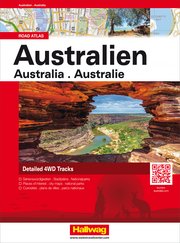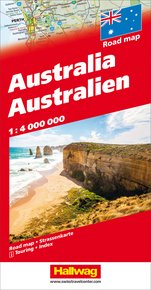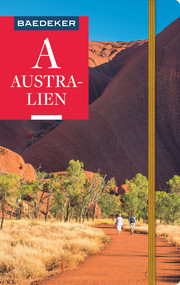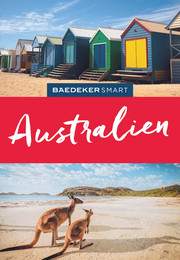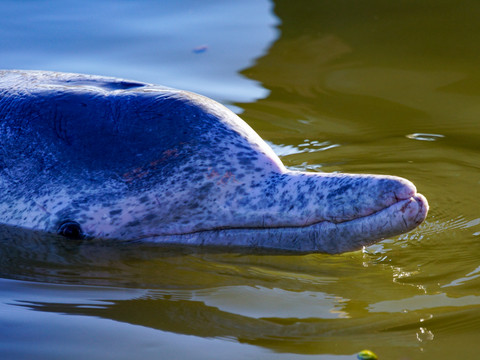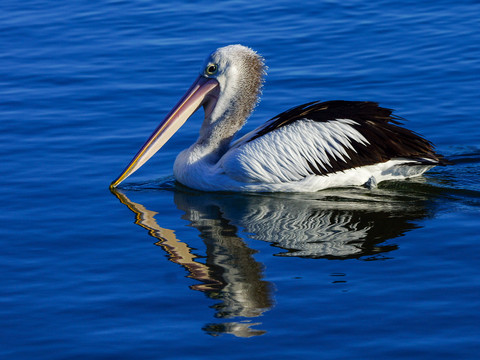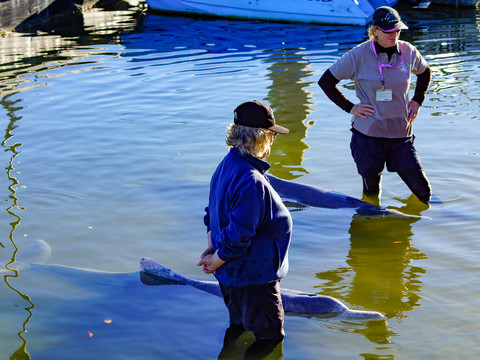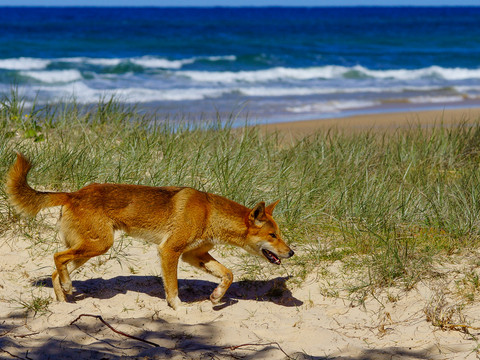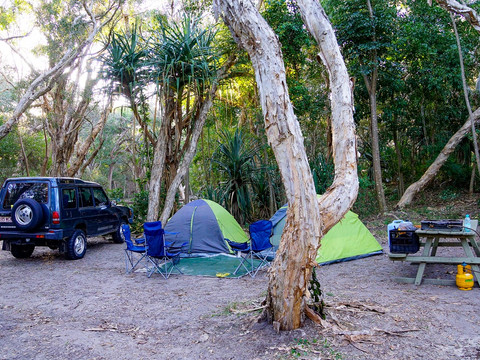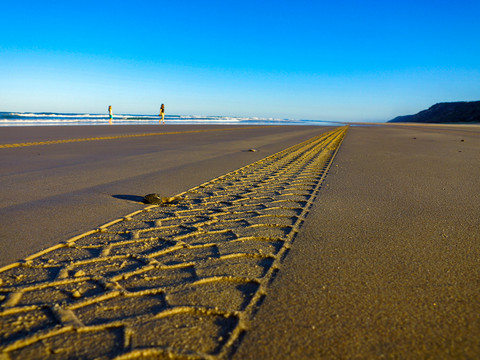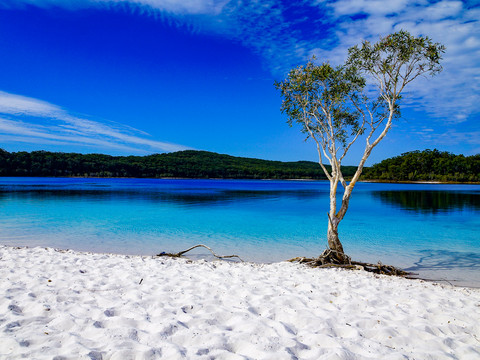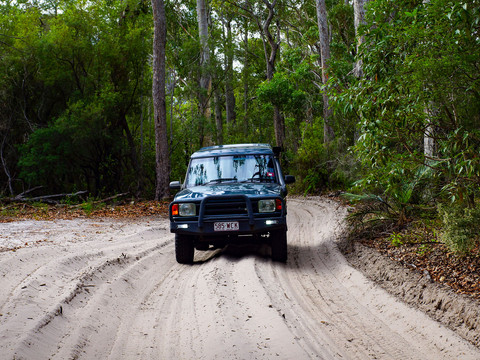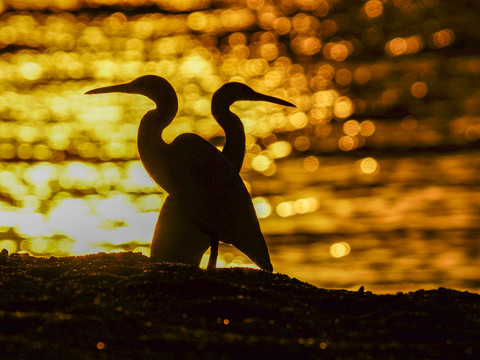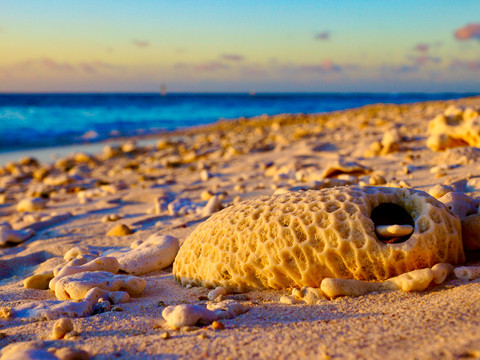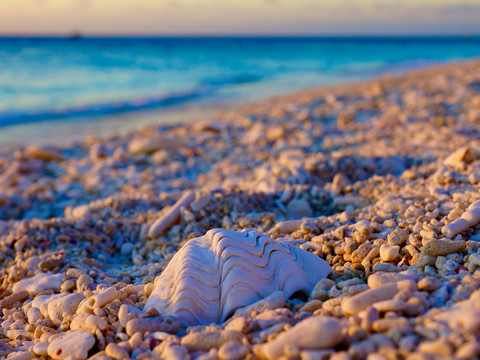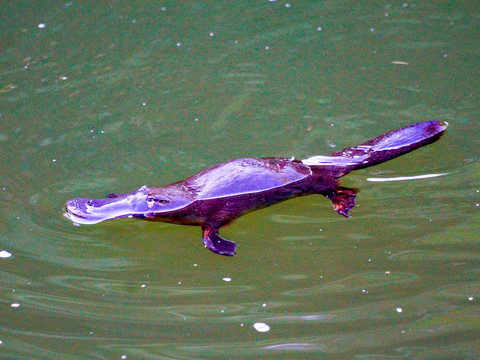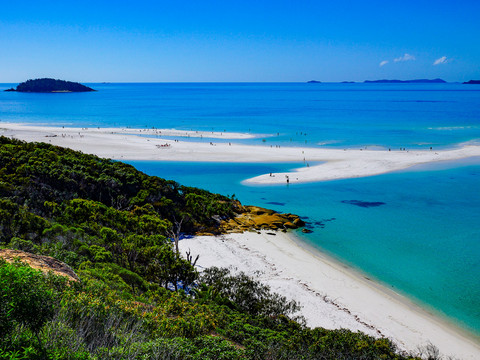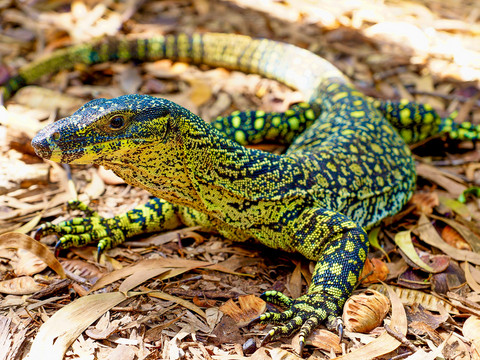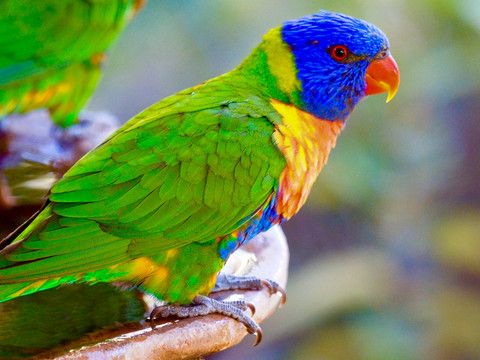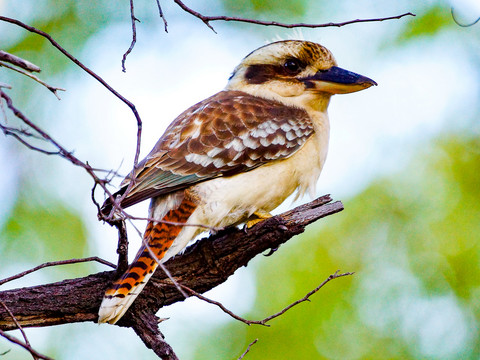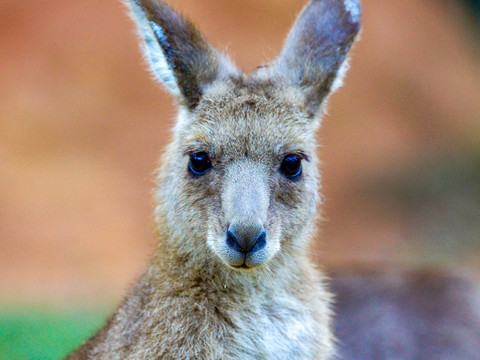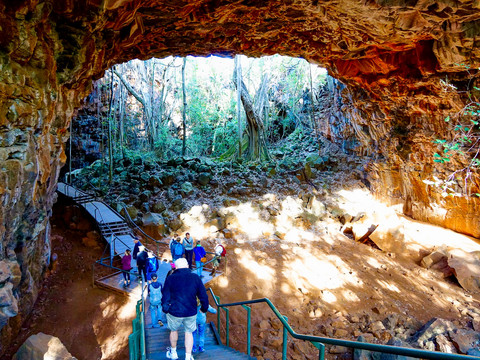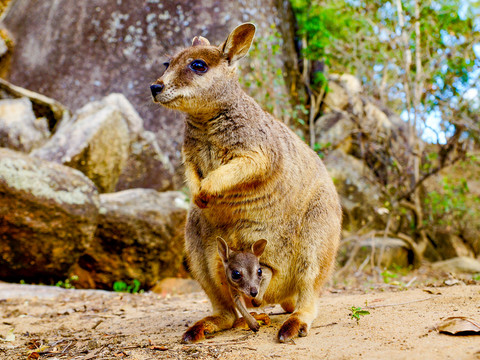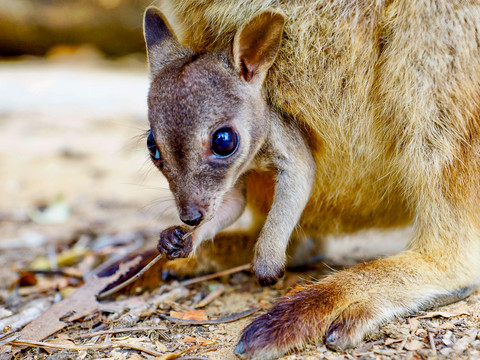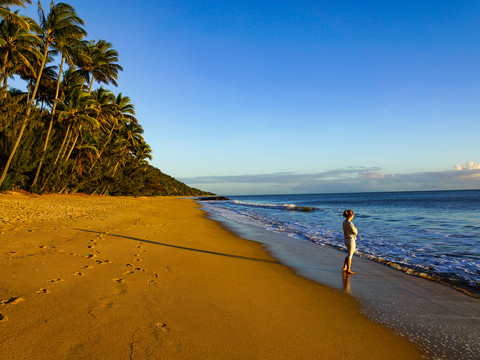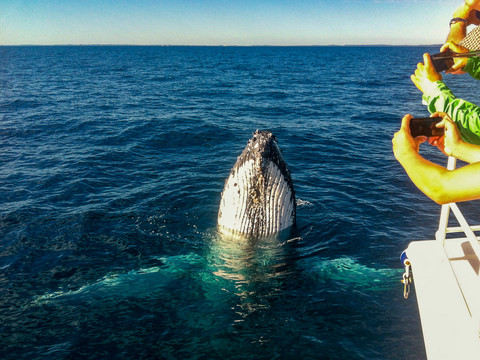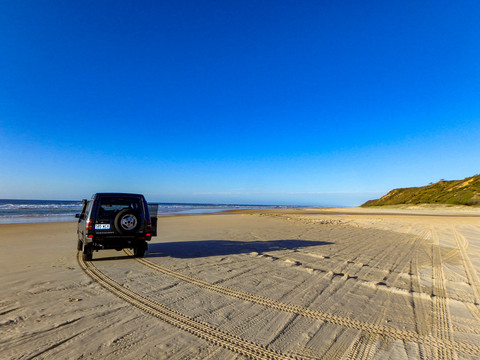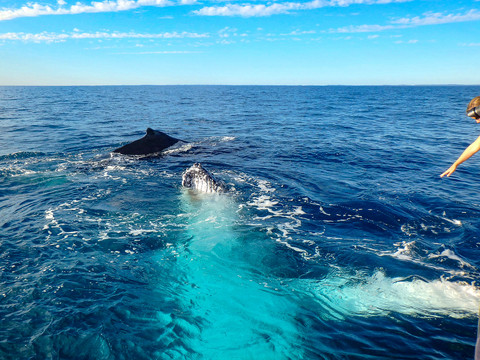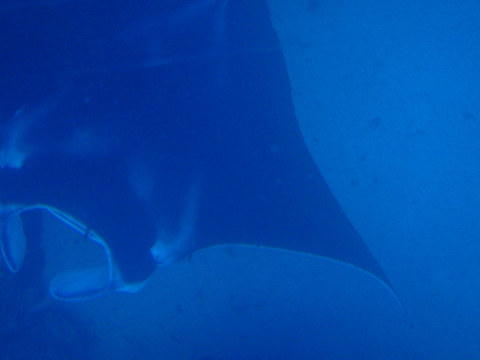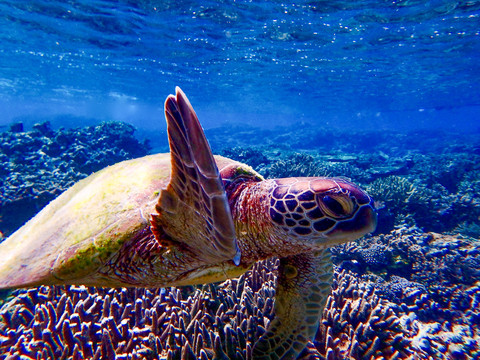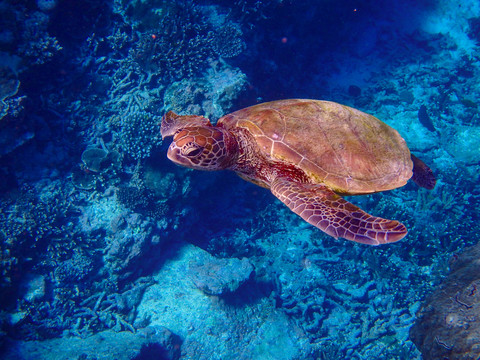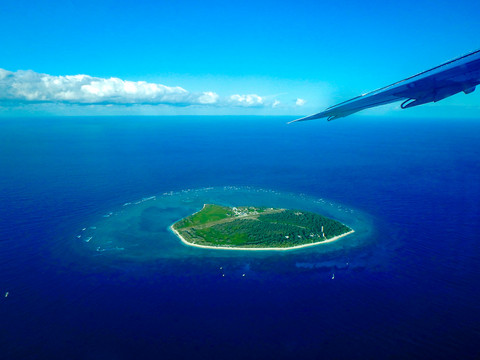The State of Queensland in Australia offers recreation and adventure at the same time. The most beautiful beaches in the world alternate with tropical jungle forests. Koalas, dingoes and platypuses, while whales and dolphins inhabits the waters. Big cities such as Brisbane and Cairns should be explored just as much as the pretty surfer towns of Noosa and Byron Bay. Queensland offers everything for an unforgettable holiday. Probably the biggest highlight of the region: the world's largest coral reef off the mainland, the unique Great Barrier Reef, which can even be seen from space.
Queensland, located in the north-east of the Red Continent, is with 1.730.650 km² the second largest state in Australia and corresponds to approximately 40 times the area of Switzerland. As the federal state with the most islands of Australia, Queensland offers itself for a real island hopping: Lady Elliot Island, Lady Musgrave Island or the Whitsundays are only some of the most worth seeing. And of course, the Sunshine State attracts with countless dream beaches. A car is mandatory to explore the state between Brisbane and Cairns. Ideally between May and November, when there is no rainy season in the tropical north. The destination of our road trip: Cairns, 1700km away and without detours.
But before we start on the road, it is worthwhile to visit Brisbane, our starting point and the capital of Queensland. For example you could visit the neoclassical Brisbane City Hall. Here you can learn about the past and present of the city at the Museum of Brisbane and then enjoy the view over the city from the bell tower. Especially popular - not only with tourists - is the Lone Pine Koala Sanctuary. The beautiful park landscape is the largest koala sanctuary in the world, where kangaroos, dingos and wombats romp around as well as marsupials. While koala cuddling is prohibited in Sydney, a koala may be hugged for 30 minutes a day in Queensland. In Lone Pine the keepers use a clock to check the cuddling time. By the way, every third day a Queensland koala is legally "off work".
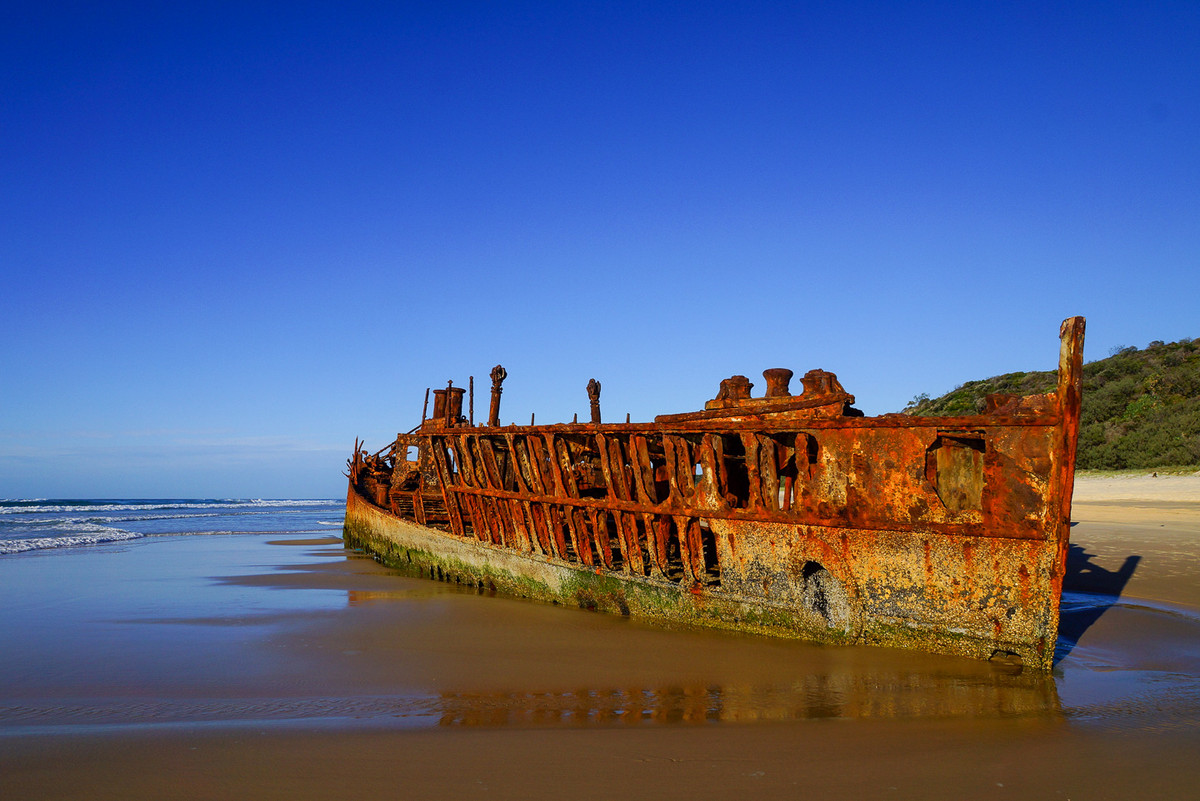
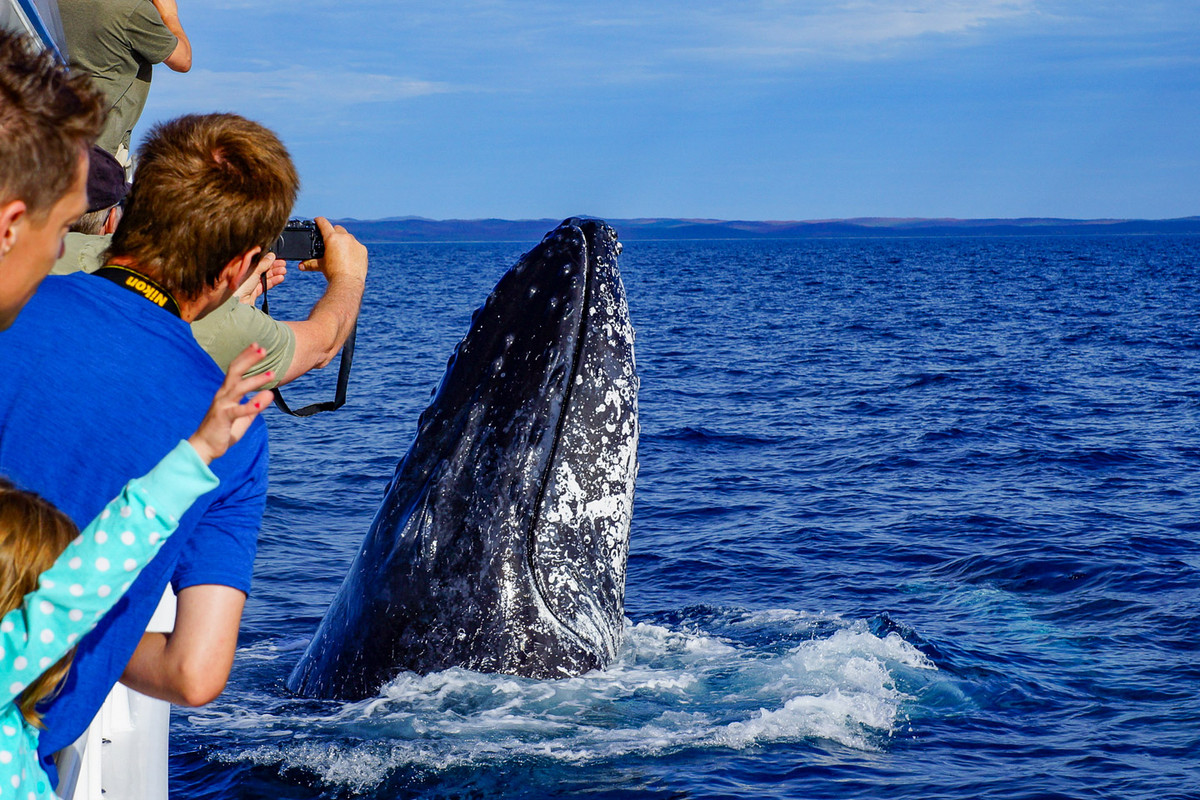
Now it's definitely time to jump into the adventure, take over the rental car or camper and start the road trip north. A first stop could be in Noosa. The town about 130 kilometres north of Brisbane offers everything you could wish for on holiday: nice restaurants, small shops to stroll around and fantastic beaches in Noosa Heads. On Sundays, everyone here is on their feet or on the boards early - let's go surfin'!
On we go to Tin Can Bay. At the Barnacles Dolphin Centre you can feed wild dolphins under the supervision of a guide. It all started with an injured animal that was washed up on Tin Can Bay beach. The local residents cared for it and nursed the dolphin back to life. They then released it back into the sea. Finally, this dolphin came back to Tin Can Bay every day to be fed.
Next stop is the largest sand island in the world - Fraser Island. Do you like a little adventure? Swap your "normal vehicle" for a four-wheel drive jeep and camping equipment and off you go. With a ferry you can reach another world in a short time. On deep sandy, mostly single track trails, you will travel through forest and over hills to Lake McKenzie, a true gem on Fraser Island, which is fed exclusively with rainwater and is therefore considered a freshwater lake. I have seldom seen such blue water! On the other side of the island at the long sandy beach - also called beach highway - it is easy to drive and you can quickly move forward past stranded shipwrecks and over tideways. With a bit of luck you will also discover a dingo, which is at home here. But beware, the dog-like carnivores are not without! For this reason there are fenced-in campsites on the island where you can make camp for the night and cook your steak on the fire. Wonderful!
If you like whales, I can warmly recommend our next stop in Hervey Bay. Book a boat tour! It's rare to see these fascinating marine mammals so close and so spectacular. As the whales have never been hunted here and are therefore not afraid of boat and people, an unforgettable experience is guaranteed! The humpback whales dive under the boat, play with the tourists, you can almost touch the flukes, look the whales in the eyes and you can even hear the giants singing from the naked ear!
A first contact with the Great Barrier Reef, which is a UNESCO World Heritage Site and can even be seen from space, could be the island of Lady Elliot. The southernmost coral island of the Great Barrier Reef can be reached by a small plane in about half an hour. All around the island it is great for snorkeling between manta rays and turtles. Also many birds can be observed here and in the evenings, there is nothing better than having a drink at the white coral sand beach at sinking sun
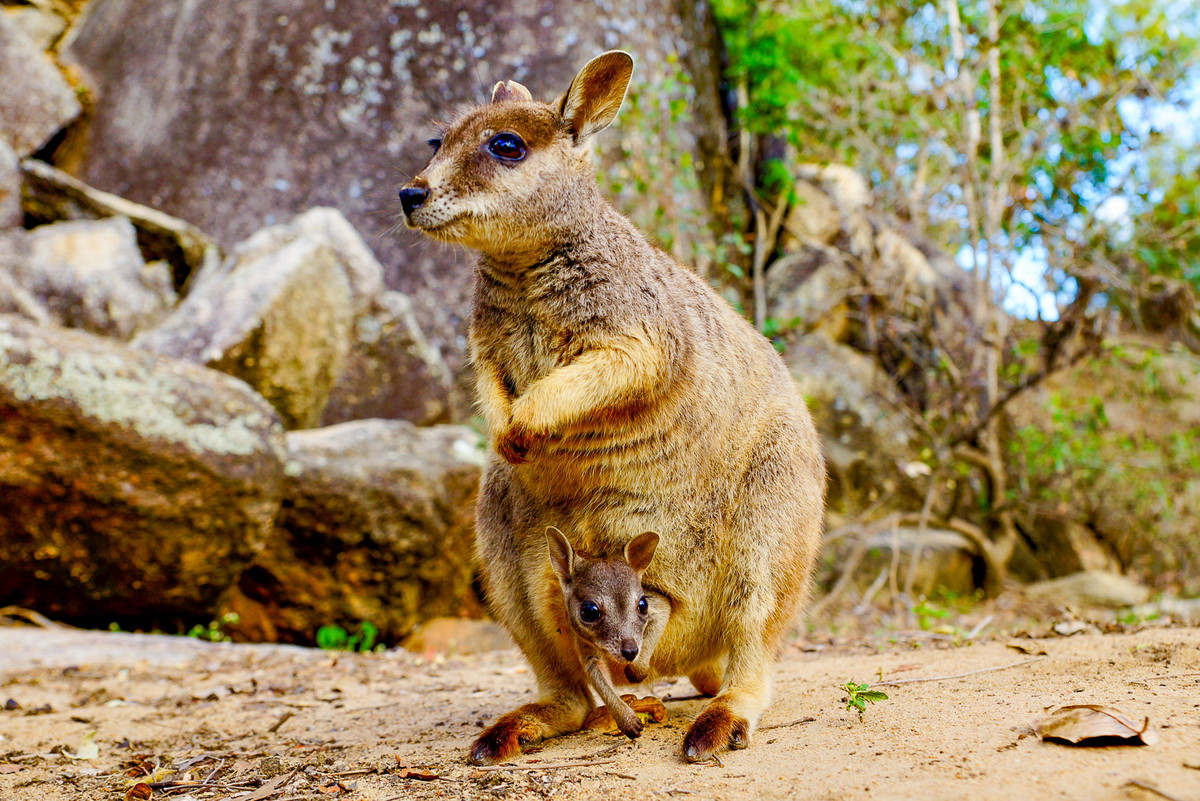
On the further drive to the north a side trip into the interior is worthwhile. In the Eungella National Park you can observe platypus in their natural environment. The egg-laying mammals are good swimmers and feed mainly on crabs, insect larvae and worms. They take a deep breath and dive under water, so they can stay under water for about two minutes.
After this unique animal encounter, it is time to return to the sea and the beach. Before Airlie Beach, you will go by catamaran or speedboat to the Whitsunday Islands - a dream of turquoise water and incredibly fine white sand. The destination: the legendary Whitehaven Beach! The 6 km long beach is probably the most photographed beach in Australia and attracts many tourists every year. One has the feeling that the beach was simply drawn into the landscape. By the way, the dream beach was already originated in the last ice age, which separated the once volcanic mountains from the mainland by the melting of the poles and the rise of the water level. Here you can snorkel, swim and chill out. At noon we have a barbecue in the adjoining forest, the smell attracts also giant monitor lizards, which occasionally get a bite of meat.
The next stop is about 350 kilometres south of Cairns. From Townsville we take the ferry to Magnetic Island with its 2.000 inhabitants. At Bungalow Bay Koala Village there are guided tours of the local Wildlife Park three times a day. A great opportunity to get to know the Australian animals better. If you still haven't had enough, you can go on a hike in the National Park and look out for free-ranging koalas in the eucalyptus trees.
Once you arrive in Cairns there are several interesting destinations in the near and far surroundings. In the hinterland, the somewhat longer drive to Undara National Park is worthwhile, where one can visit huge lava tubes, as they otherwise only occur in Hawaii. Or you can visit the Granite Gorge Nature Park, where you can get very close to the semi-tame Rock Wallaby's and even feed them. North of Cairns, on the other hand, the Daintree National Park and Cape Tribulation beckon. Here you can relax on enchanting palm beaches before your flight home. With a bit of luck, you might spot the ostrich Helmeted Cassowary in the undergrowth or discover the fierce saltwater crocodiles on a kayak tour. Don't worry - the beaches are monitored, ideal for swimming in the sea or for a long walk along the beach. From Cairns, trips to the Northern Great Barrier Reef can also be easily organised.
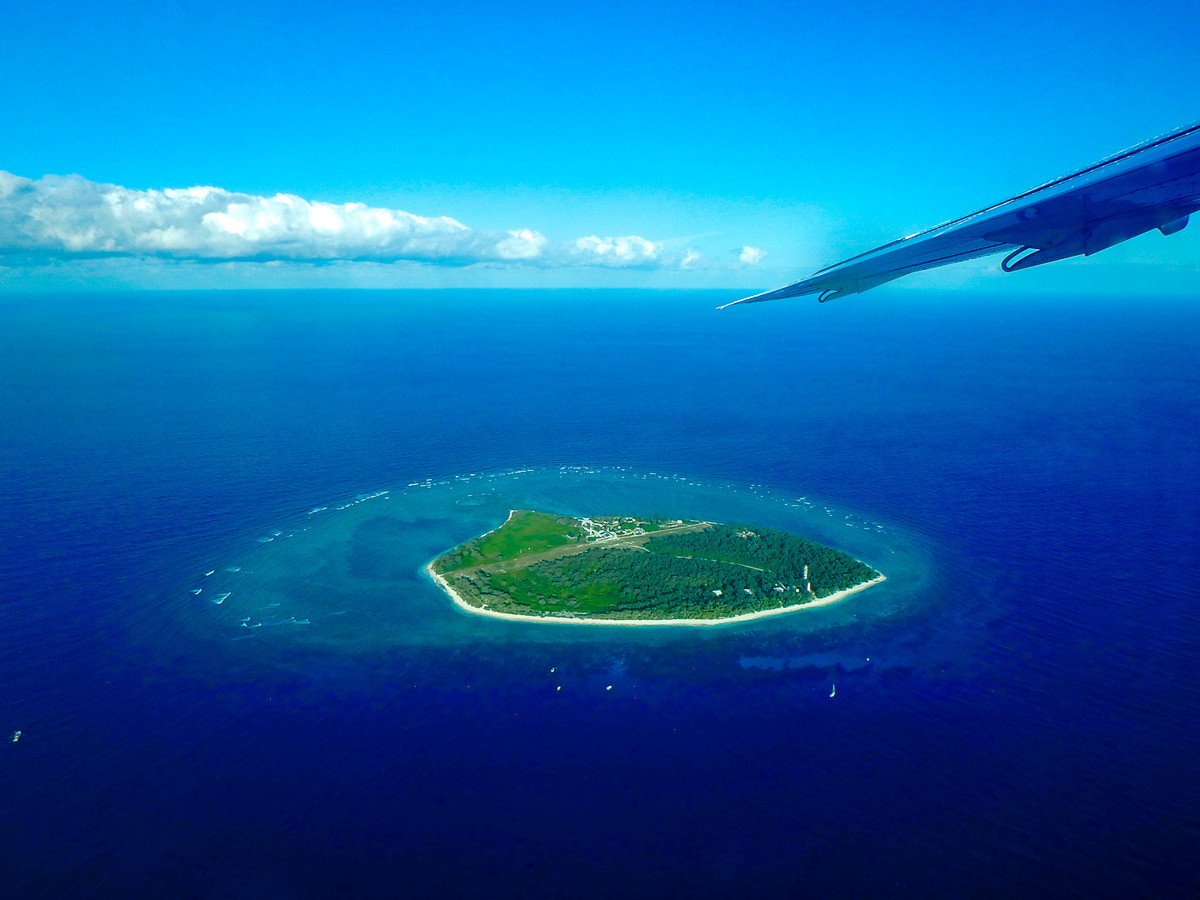

To properly prepare for your trip
That'll get you there:
via Singapore, Doha or Hong Kong to Brisbane or Cairns
How long am I supposed to go:
at least 3 weeks
Best time to travel:
Spring to autumn
Highlights:
Great Barrier Reef, Australian wildlife, Whitehaven Beach, Fraser Island
Whale tour:
www.herveybaywhalewatch.com
Fraser Island:
www.fraserisland4wd.com
More info:
www.queensland.com
Realised by Michael Bachmann
Further travel pictures under www.kissed-by-nature.com

